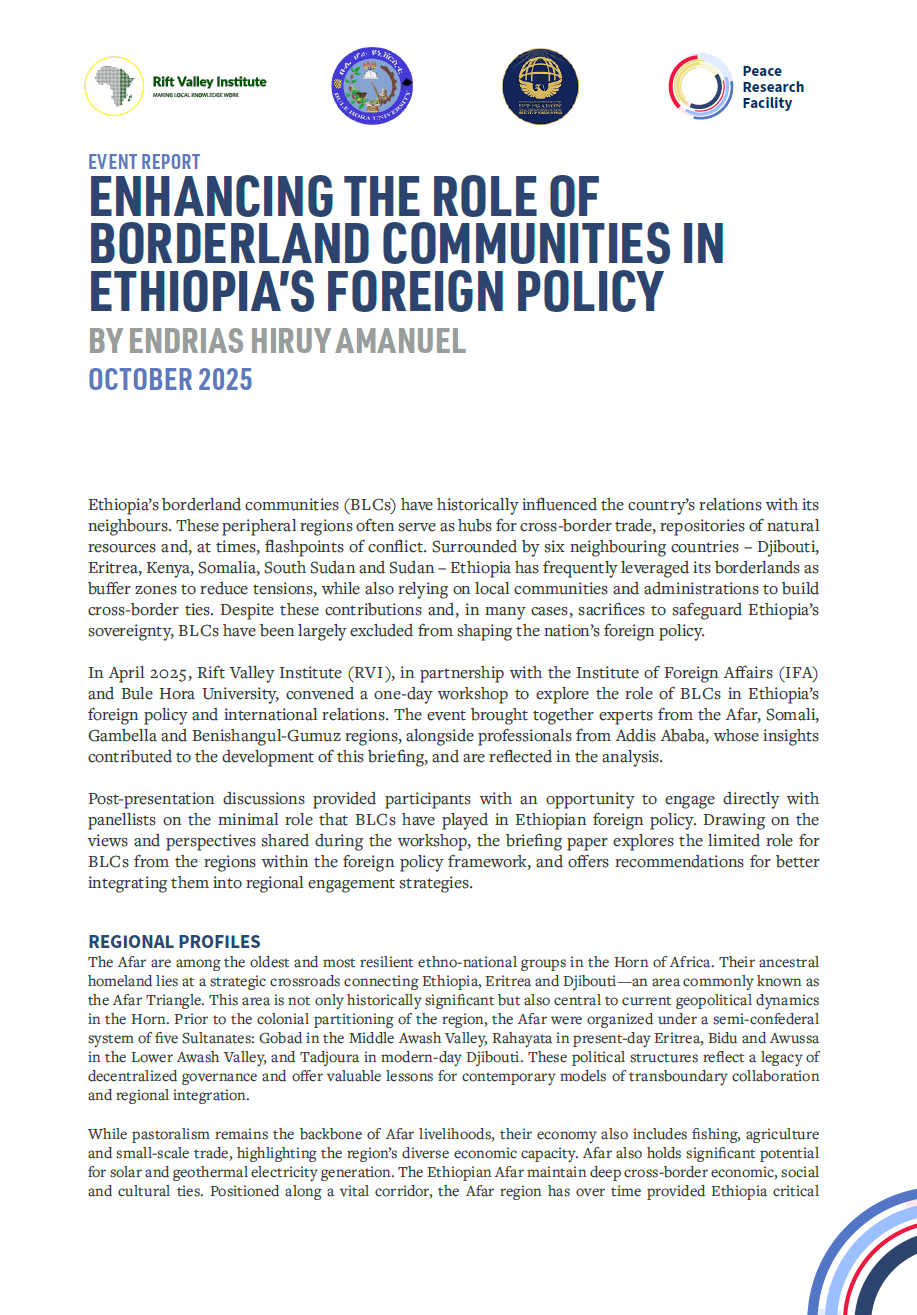Every two weeks, the Rift Valley Institute, in collaboration with the Ministry of Culture, Museums and National Heritage, will be sharing selected, approved documents from the South Sudan National Archives through social media channels to showcase the range of information available in the collection. This project is implemented in partnership with UNESCO with funding from the Norwegian Government.
When the context allows, these documents will be published in a full public exhibition to be displayed in different locations across the country.
Make sure to listen in to Eye Radio every Wednesday at 4pm to hear more about these different topics on the Tarikh Ta’na show.
History of spread and management of sleeping sickness in South Sudan since the 1950s
Sleeping sickness is found across Africa, spread mostly by tsetse flies in rural areas. Infection leads to insomnia, pain, seizures, and sometimes a coma and death. Sleeping sickness has been a major public health problem in South Sudan for a long time, focused around the borders of Western Equatoria with the Congo, and Central Equatoria with Uganda.
Cases were first reported to the colonial government in 1908, and an epidemic around Source Yubu from 1920-1925 recorded more than 3000 cases. Epidemic controls disrupted lives and societies. The South Sudan National Archives has extensive records of epidemic records and public health responses from the 1920s to the 1970s. One document on Source Yubu crisis in the 1920s recorded that ‘the whole administration and life of the people was covered by Sleeping Sickness control’.
The management of epidemics in South Sudan has always been deeply connected to coercive government, forced resettlement, and controls on people’s movements. The outbreak of sleeping sickness in the 1940s and 50s was because of the Zande resettlement scheme from 1942: over seven years, more than 200,000 people were forcibly relocated into an economic area, given strips of land and forced to grow cotton. Because the colonial government concentrated this large population into a smaller area, to benefit from their labour force, sleeping sickness spread easily. As Zande people moved from Congo to join the scheme, the disease moved across borders.
Over the 1970s to 1990s, sleeping sickness has reoccurred during conflicts and returning resettlements, as people are forced into the sleeping sickness-infested bush, and return carrying the disease into new crowded towns and villages. Wars have disrupted cross-border control programmes, like the one set up by the Sudanese and Congo governments from 1978 to the mid-1980s.
The challenges of disease control and epidemic management are longstanding and significant for South Sudan today. With a hundred years of underinvestment in public healthcare, and the imminent hopeful return of hundreds of thousands of displaced residents in the last conflict, how can South Sudanese society best respond to the threat of renewed epidemics?
The recording of the discussion on this topic from Tarikh Ta’na that was broadcast on Eye Radio will be out soon.



